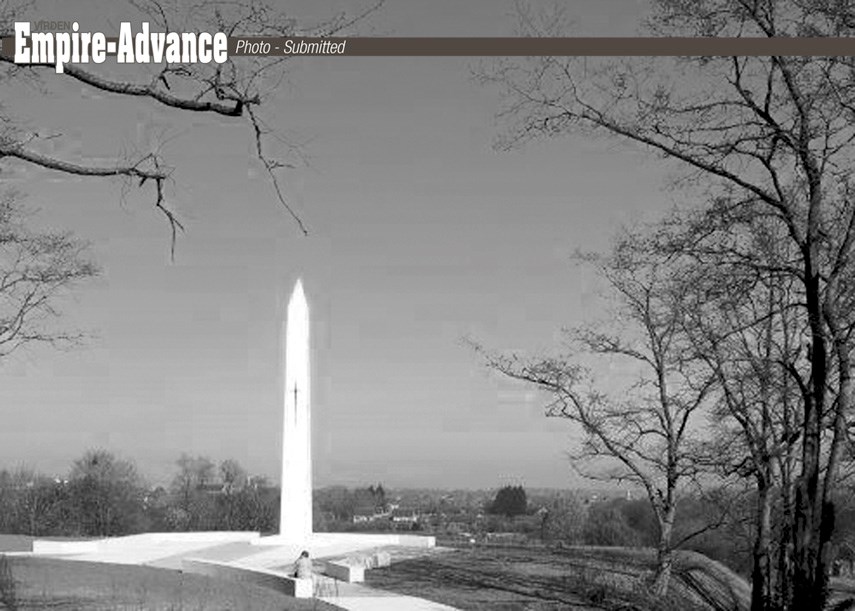Often overlooked because of Canada’s greatest First World War success at Vimy Ridge four months prior, the Battle of Hill 70’s short but strong fight was forgotten over time. However, now its centennial is here, more attention is being drawn to this battle and it is finally getting its just deserts.
The Battle of Hill 70 took place over the course of 10 days, from the 15th to the 25th of August 1917. Canadian troops, along with support from the British, were lead under the command of Sir Arthur Currie.
Currie, nicknamed “Guts and Gaiters” came to be known as one of Canada’s greatest military commanders, quoted to say “Pay the price of victory in shells – not lives”, as he held a high importance for preparation as well as trench warfare that saved the unnecessary death of frontal assaults. He was the first Canadian to be promoted to the head of the Canadian Corps June 1917, and not long after was given the task to take back Lens, a German occupied town in France.
The primary intention of this operation was to divide German troops from fighting at the Third Battle of Ypres. More commonly known as the Battle of Passchendaele, this campaign had begun on July 31, 1917 and was off to a rocky start, so in order to weaken the forces on the main stage; the plan on Lens was created.
Currie was asked to take control of the city head on, though after analyzing the terrain Currie wanted to take a different approach. He managed to convince his superiors to take Hill 70 first, the high ground on the outskirts of the town.
Currie’s plan was a success. Troops advanced to their primary goal and in turn gained the hill by the fourth day. The next step was to take Lens, and this proved more difficult. The Attack on Lens began on the 21st of August, and this time the Germans were ready.
Though the Canadians managed to maintain their hold on the hill, their attempts to take the town were unsuccessful, and by the tenth day of battle, it was all over. This short attack did manage to divert some German troops from the fighting in Passchendaele, but that battle wouldn’t end until November 10th, 1917 and become known as one of the greatest disasters for the Allied Powers in World War I.
After fighting at Lens ended, Currie moved onto help as Passchendaele, and later at the Hundred Days campaign, where he further improved his military reputation, and Lens was kept in Germany’s hands until their retreat in 1918.
The Hill 70 campaign resulted in six of the sixty-seven Victoria Cross medals given to Canadians in World War I.
These recipients of the highest military honour in the United Kingdom were: Private Harry Brown, Company Sergeant-Major Robert Hill Hanna, Sergeant Frederick Hobson, Corporal Filip Konowal, Acting Major Okill Massey Learmonth, and Private Michael James O’Rourke.
However, as usual, there was a cost; these ten days resulted in the loss of over 9,000 Canadian and 25,000 German lives, one of which was a soldier I wrote about last summer, Private Lorne Edgar Carscadden.
Lorne was a born and raised in Virden, and longed to get to the front lines when war broke out to fight for what he believed was right. However because he was a smaller man, this wasn’t possible for a number of years. Finally he was accepted as an ambulance driver, and worked his way up to joining the 27th Battalion, where he first saw action at the Battle of Hill 70.
August 21st, 2017 marks a century since his death at the first advancement on Lens. Lorne’s body was never found, and his name is listed at the Canadian National Vimy Memorial to the missing.
My visit to the monument along with getting to know Lorne through researching him inspired me to collect information and write a book about all the people on the cenotaph in Victoria Part.
This book is currently available to read at the Virden Pioneer Home Museum. Now he and his 9,000 comrades (two of which also from Virden) are finally getting the recognition they earned in the hard-fought battle at Hill 70.
As we’re in this four-year period of remembrance for World War I one hundred years after the fact, many previously forgotten battles are being brought to light. The Hill 70 Memorial Project has just finished its goal, of finally building a monument in France at the geographical point at which the Canadian Corps started their assent of the hill on August 15, 1917.
Canadians today and in the future can visit this monument starting August 22, 2017 and remember the sacrifice of so many, once forgotten but now at peace.



